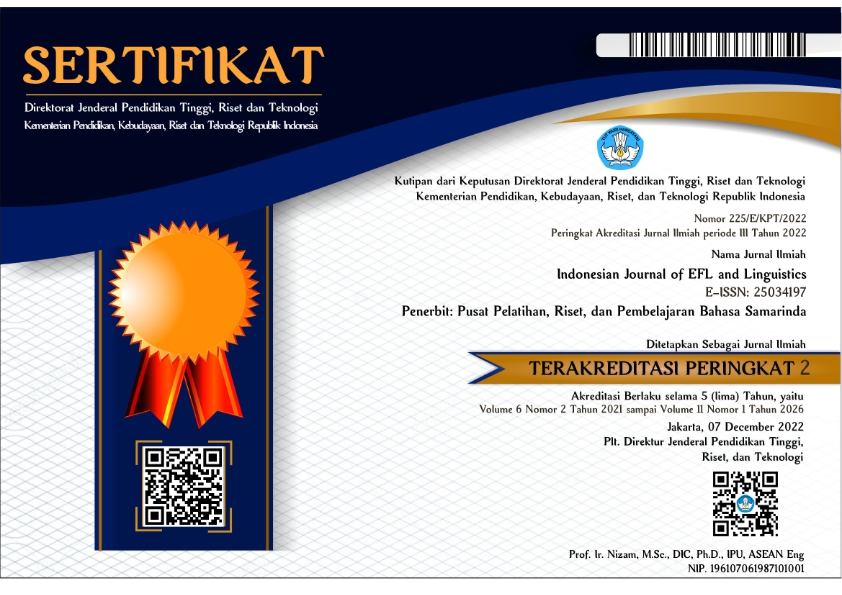Translanguaging Practices in the Rural Tourism Linguistic Landscape in Showcasing Cultural Identity: An Activity Theory Analysis
Abstract
This study examines the roles of translanguaging practices in the linguistic landscape in a rural tourism area and their contribution to showcasing cultural identity from the perspective of activity theory. Translanguaging emerges as a significant tool in rural tourism, serving as a cultural hub where diverse linguistic and cultural expressions intersect to attract visitors with their unique nature, heritage, and traditions. Through an analysis of activity theory, this study explores the translanguaging practices of signage containing verbal and other multimodal semiotic resources at Alamendah in constructing and promoting tourism activities and its local cultural identity. The data were gathered from photographs of signage, observation, and interviews with the tourism manager, staff, and the local elder to see how translanguaging practices enable the community to showcase the local heritage and engage with local and global audiences. The findings revealed that translanguaging practices as the mediating tool seen from the 182 signage where 51 (29%) were written in monolingual, which is Indonesian that represents the official language, 71 % were written in bilingual or multilingual, combining Indonesian, English, Sundanese, and Sundanese old scripts. The use of Indonesian and Sundanese dominated the signage, indicating the strong local cultural representation and identity. The prevalent use of Sundanese exemplifies the heightened community awareness of the Sundanese heritage identity with the expectation that visitors would learn more about the language and culture through tourism activities. The community and other stakeholders` contribution to the public signage signifies distributive and creative power relations and division of labor.
Copyright (c) 2025 Indonesian Journal of EFL and Linguistics

This work is licensed under a Creative Commons Attribution-NonCommercial-ShareAlike 4.0 International License.




